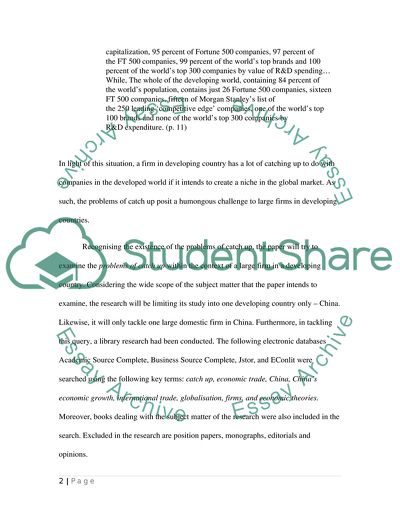Cite this document
(“Globalisation As A Contemporary Phenomenon In Developing Countries Essay - 1”, n.d.)
Retrieved from https://studentshare.org/sociology/1407450-examine-the-problems-of-catch-up-in-developing-countries-at-the-level-of-the-large-firm-in-relation-to-a-firm-level-case-study-of-your-choice
Retrieved from https://studentshare.org/sociology/1407450-examine-the-problems-of-catch-up-in-developing-countries-at-the-level-of-the-large-firm-in-relation-to-a-firm-level-case-study-of-your-choice
(Globalisation As A Contemporary Phenomenon In Developing Countries Essay - 1)
https://studentshare.org/sociology/1407450-examine-the-problems-of-catch-up-in-developing-countries-at-the-level-of-the-large-firm-in-relation-to-a-firm-level-case-study-of-your-choice.
https://studentshare.org/sociology/1407450-examine-the-problems-of-catch-up-in-developing-countries-at-the-level-of-the-large-firm-in-relation-to-a-firm-level-case-study-of-your-choice.
“Globalisation As A Contemporary Phenomenon In Developing Countries Essay - 1”, n.d. https://studentshare.org/sociology/1407450-examine-the-problems-of-catch-up-in-developing-countries-at-the-level-of-the-large-firm-in-relation-to-a-firm-level-case-study-of-your-choice.


